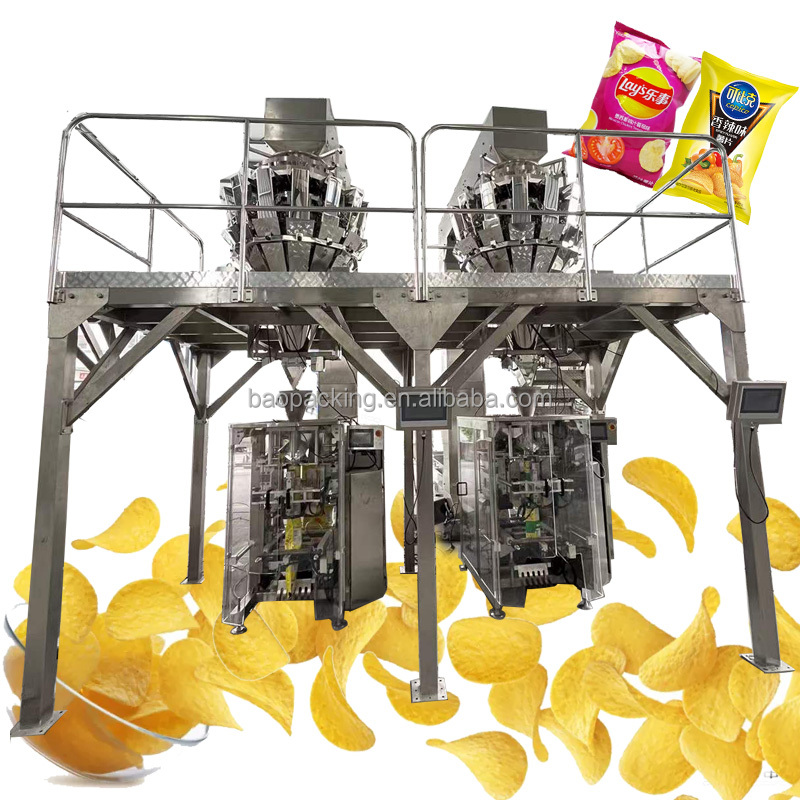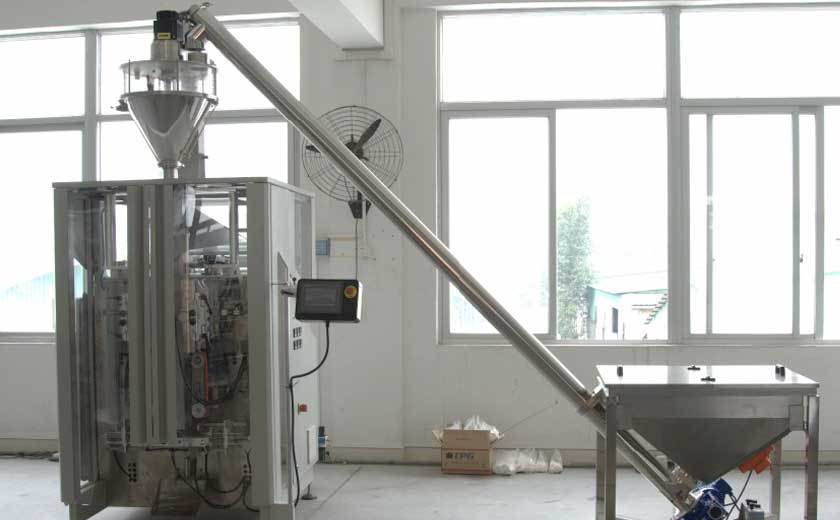Adapting Vertical Bagging Machines to Market Changes
Amidst the ever-evolving market landscape, businesses must continually adapt to remain competitive. Vertical bagging machines, critical components in packaging operations, are no exception. By embracing adaptability, manufacturers can leverage these machines to meet shifting consumer demands, production requirements, and technological advancements. This article examines the key strategies for adapting vertical bagging machines to market changes.
Embracing Automation and Connectivity
Automation and connectivity are transforming vertical bagging machines. Automated systems can optimize machine performance, reduce labor costs, and enhance efficiency. By integrating robotics for material handling, automatic bag dispensers, and real-time data monitoring, businesses can streamline packaging processes and increase productivity. Connectivity enables remote access to machine data, facilitating proactive maintenance and optimizing operational performance.
Enhancing Versatility and Flexibility
Market demands often fluctuate, requiring packaging solutions that accommodate diverse product sizes, shapes, and materials. Vertical bagging machines can be adapted to handle a wide range of products by incorporating adjustable bagging systems. These systems allow for quick changeovers between different bag formats, enabling manufacturers to respond swiftly to market variations and reduce downtime.
Integrating Sensors and Analytics
Sensors and analytics empower vertical bagging machines with the ability to collect and analyze data. Advanced sensors can monitor product flow, machine performance, and environmental conditions. By leveraging analytics, businesses can identify potential issues early on, optimize machine settings, and improve overall productivity. Data-driven insights also facilitate predictive maintenance, reducing the risk of unexpected downtime and enhancing operational efficiency.
Adopting Sustainable Practices
Consumers are increasingly demanding sustainable packaging solutions. Vertical bagging machines can be adapted to meet these demands by integrating biodegradable materials, reducing waste, and optimizing energy consumption. Biodegradable film options offer environmentally friendly alternatives to traditional plastics, while sensors and automated controls can minimize material usage and reduce packaging waste.
Leveraging Customization and Product Innovation
Customization is vital for businesses to differentiate their products and appeal to specific market niches. Vertical bagging machines can be tailored to meet individual customer requirements, such as customized packaging formats, specialized sealing mechanisms, and integrated printing capabilities. By offering customized solutions, manufacturers can enhance brand recognition, increase customer satisfaction, and gain a competitive edge.
Investing in Research and Development
Continuous research and development are essential for adapting vertical bagging machines to market changes. By investing in R&D, businesses can stay abreast of emerging technologies, materials, and design innovations. Collaborations with industry experts, partnerships with technology providers, and participation in R&D projects can foster innovation and drive advancements in vertical bagging technology.
Adapting vertical bagging machines to market changes is crucial for businesses to remain competitive in today’s ever-evolving landscape. By embracing automation, enhancing versatility, integrating sensors and analytics, adopting sustainable practices, leveraging customization, and investing in R&D, manufacturers can optimize their packaging operations and meet the demands of a dynamic market.
-

Overview of Packaging Machine Buying Guides
08-01-2024 -

How Does a Vertical Form Fill Seal Machine Work?
30-10-2023 -

Advancements in Auger Powder Filling Technology
27-10-2023 -

A Deep Dive into Automatic Packaging Machines
26-10-2023 -

The Revolutionary Fully Automatic Potato Chips Packaging Machine
20-09-2023 -

How to choose the right packaging machine?
23-08-2023 -

Reducing Waste And Maximizing Yield With Multihead Weigher Machines
15-03-2023 -

Nuts Packaging Machine for Dry Products Perservation
26-11-2022 -

Is Automated Biscuit Packaging Machine Better Than Manual Opeartion?
25-11-2022





